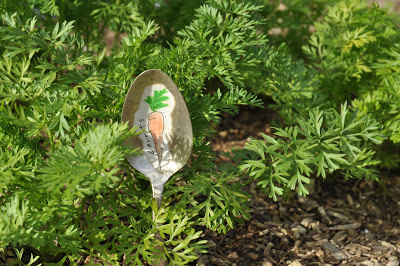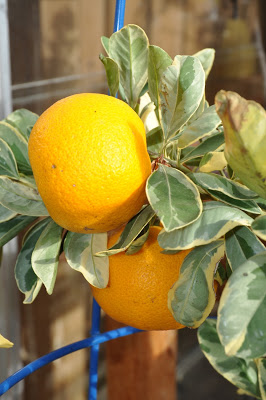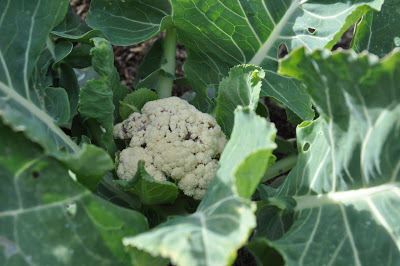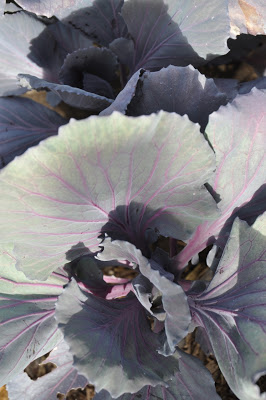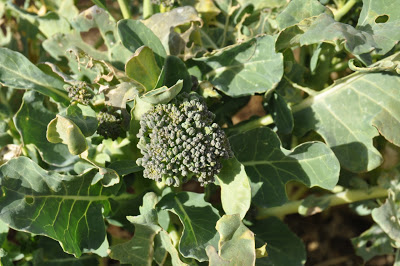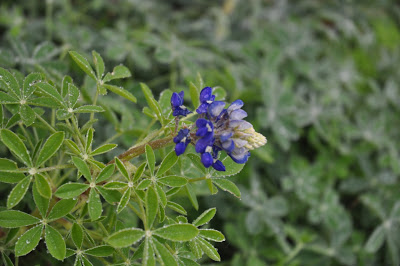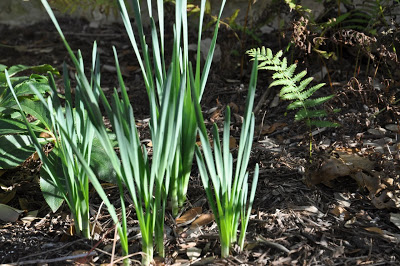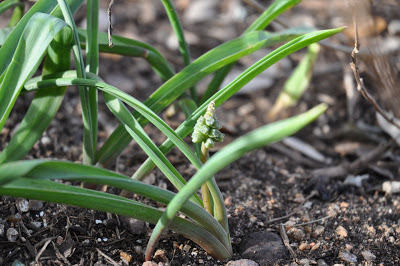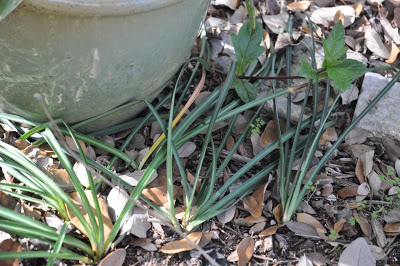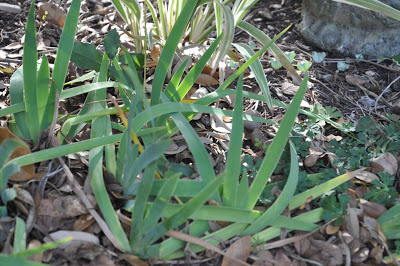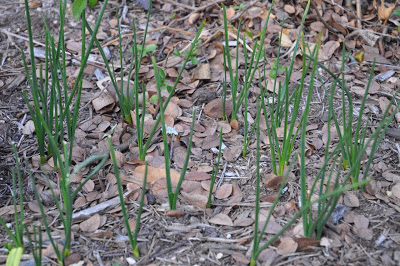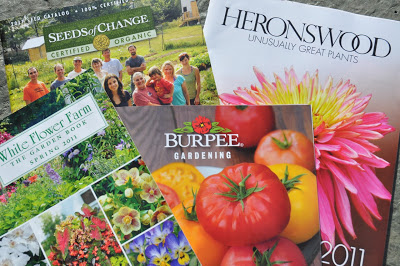What’s up doc?
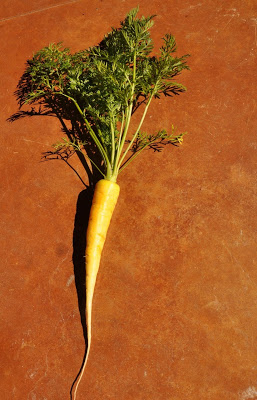 The sun came out today and I ventured out to open up the greenhouse.
The sun came out today and I ventured out to open up the greenhouse.
It’s still a little breezy and requires a sweater, but the sun feels so good.
I decided to peruse the garden and decided it must be time to test a carrot to see if it is done. The foliage is getting quite full and tall.
Spade in hand, I gently loosened the largest one without disturbing its neighbors.
I brought it in and lovingly washed all the dirt off. Then, as all garden bloggers do, I took it out to find a suitable spot to take its portrait!
It looks quite yellow and I vague remembered planting an unusual variety of carrots, but I only included a decorate label that was simply marked ‘carrots.’ A search of my blog posts didn’t find a name either, so I set about trying to find the seed packet from whence it came.
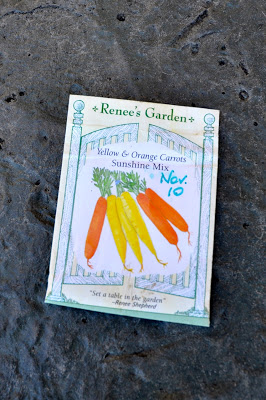 Lo and behold, there it was, on the potting cabinet in the garage, along with all the other fall veggie seed packets. At least I had the sense to save the empty or partial packets.
Lo and behold, there it was, on the potting cabinet in the garage, along with all the other fall veggie seed packets. At least I had the sense to save the empty or partial packets.
These seeds require 10-20 days to germinate and I planted them on November 10th. Today marks day #73. But then again, this is Texas, and they’ve enjoyed quite a bit of extra sunshine and wonderful growing weather to boost them along.
Now I know why the carrot was yellow, it was supposed to be yellow — it’s a Sunshine carrot. How appropriate — we all took a little taste of it and pronounced it sweet and delicious.
There are quite a few more as big as this one, so I will be going back outside with a basket to gather up some snacks!

